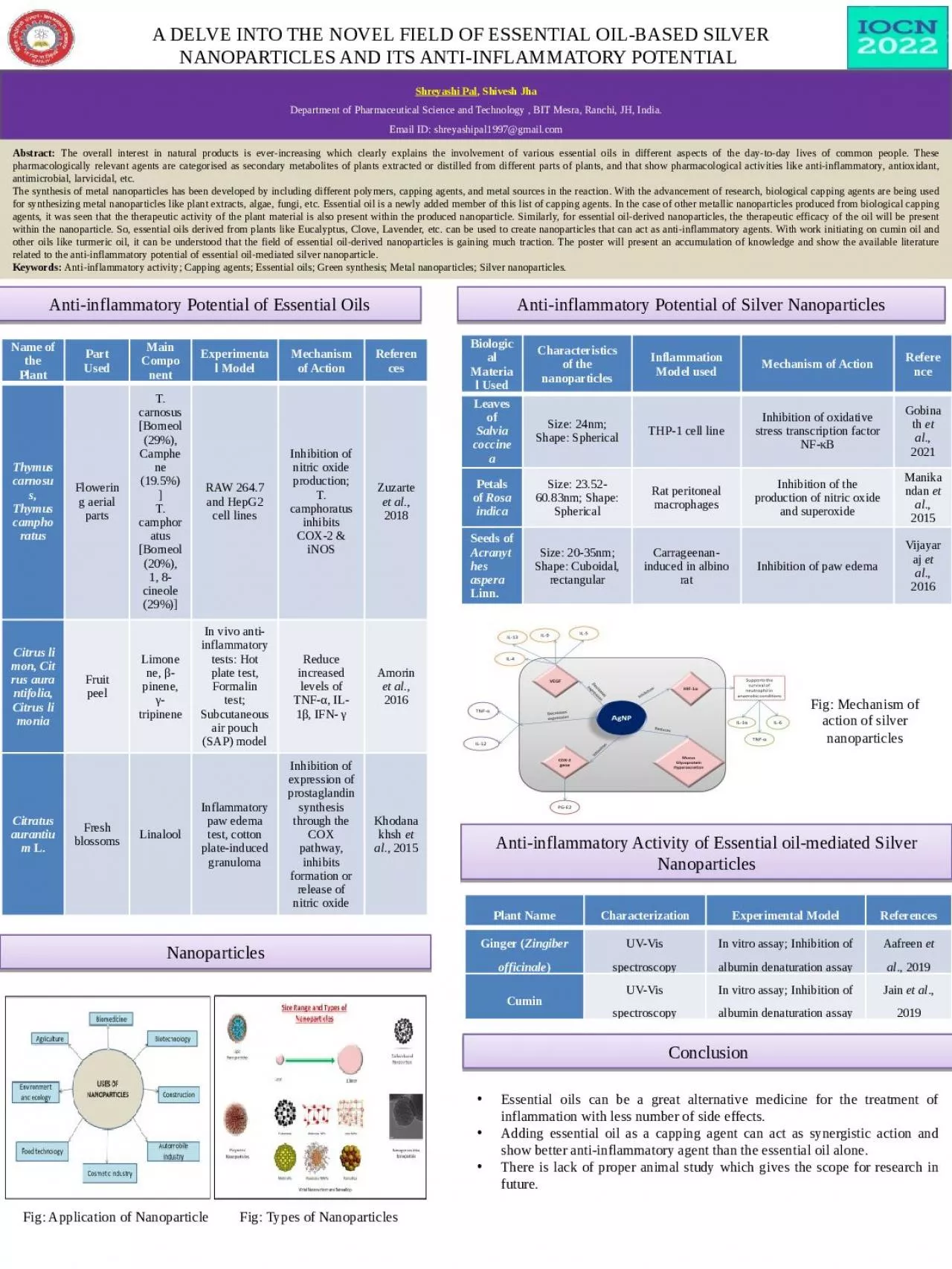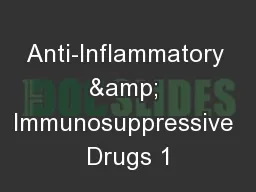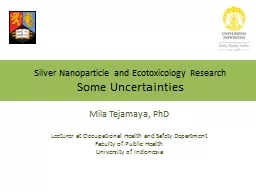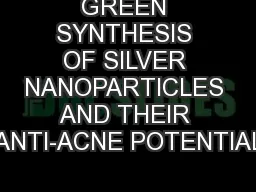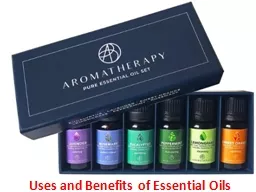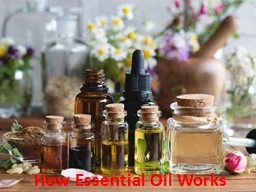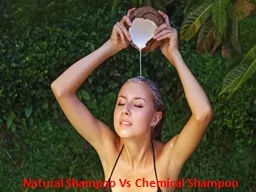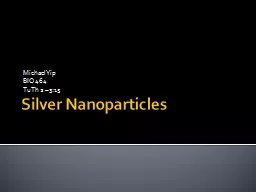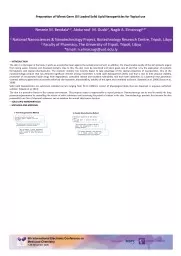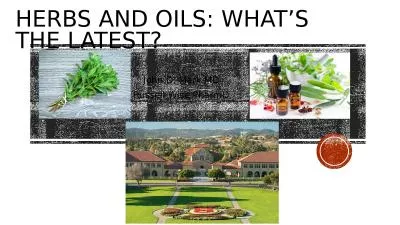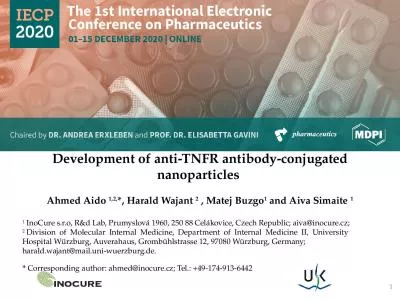PPT-A DELVE INTO THE NOVEL FIELD OF ESSENTIAL OIL-BASED SILVER NANOPARTICLES AND ITS ANTI-INFLAMMATORY
Author : teresa | Published Date : 2022-06-13
Shreyashi Pal Shivesh Jha Department of Pharmaceutical Science and Technology BIT Mesra Ranchi JH India Email ID shreyashipal1997gmailcom Abstract The overall
Presentation Embed Code
Download Presentation
Download Presentation The PPT/PDF document "A DELVE INTO THE NOVEL FIELD OF ESSENTIA..." is the property of its rightful owner. Permission is granted to download and print the materials on this website for personal, non-commercial use only, and to display it on your personal computer provided you do not modify the materials and that you retain all copyright notices contained in the materials. By downloading content from our website, you accept the terms of this agreement.
A DELVE INTO THE NOVEL FIELD OF ESSENTIAL OIL-BASED SILVER NANOPARTICLES AND ITS ANTI-INFLAMMATORY: Transcript
Download Rules Of Document
"A DELVE INTO THE NOVEL FIELD OF ESSENTIAL OIL-BASED SILVER NANOPARTICLES AND ITS ANTI-INFLAMMATORY"The content belongs to its owner. You may download and print it for personal use, without modification, and keep all copyright notices. By downloading, you agree to these terms.
Related Documents

